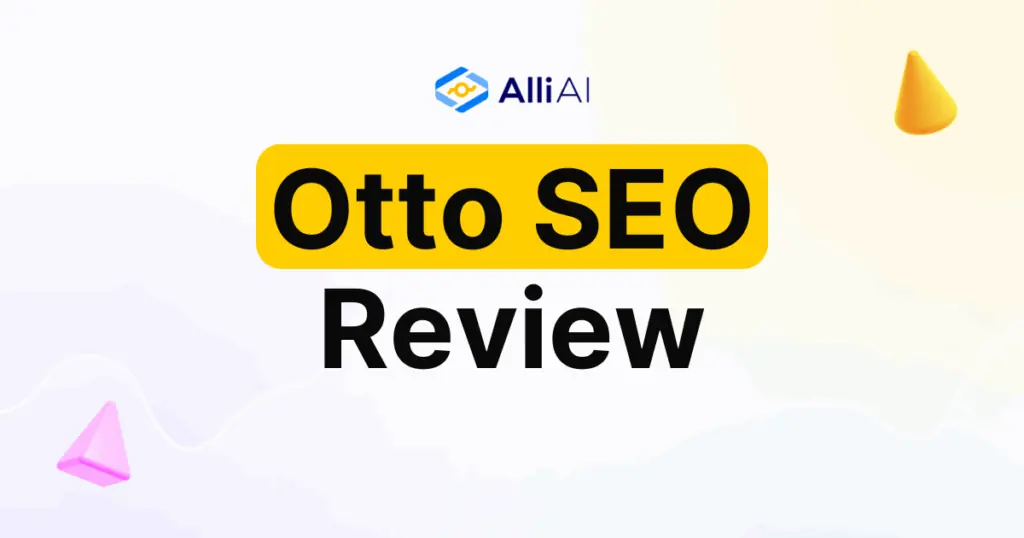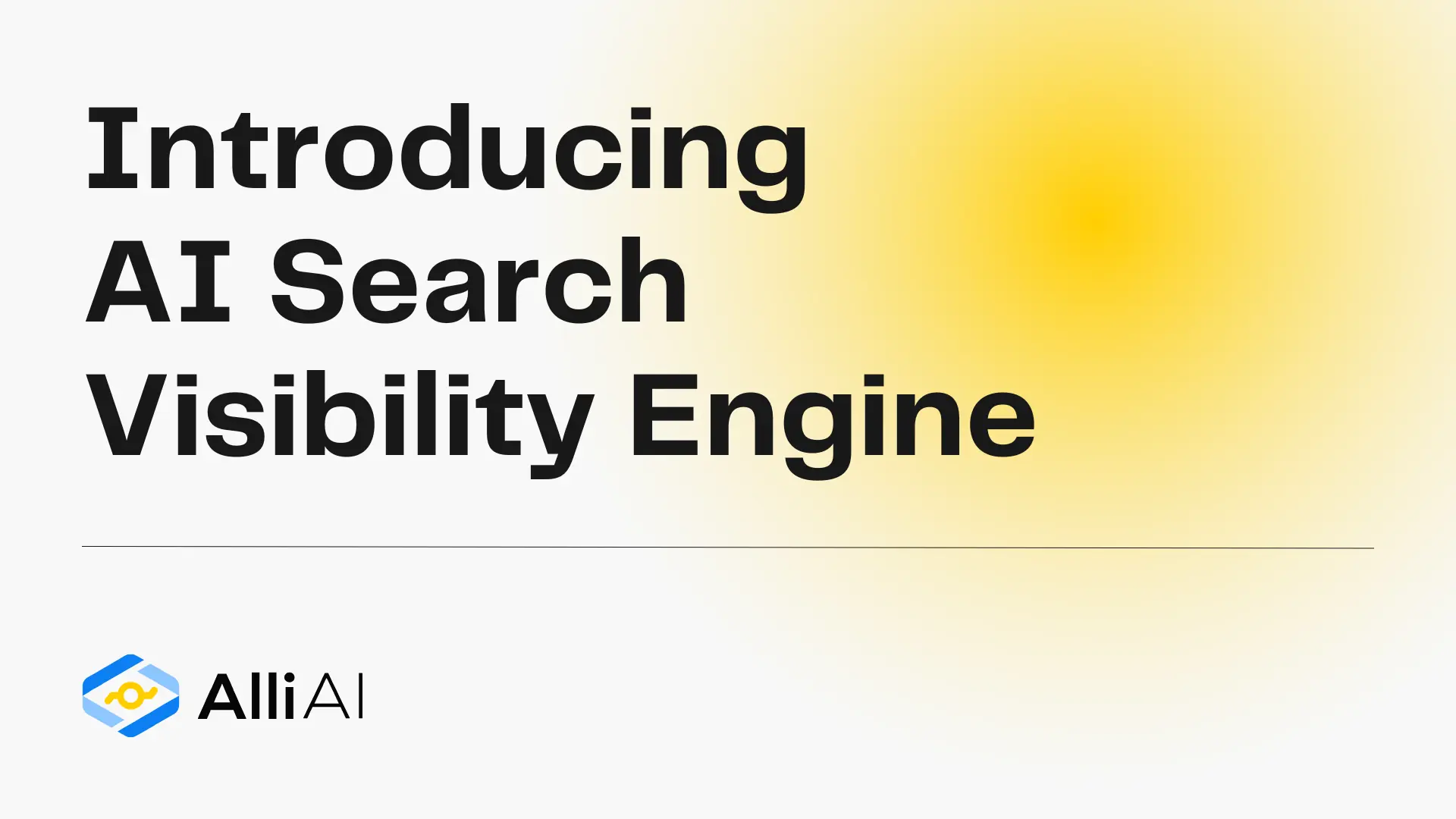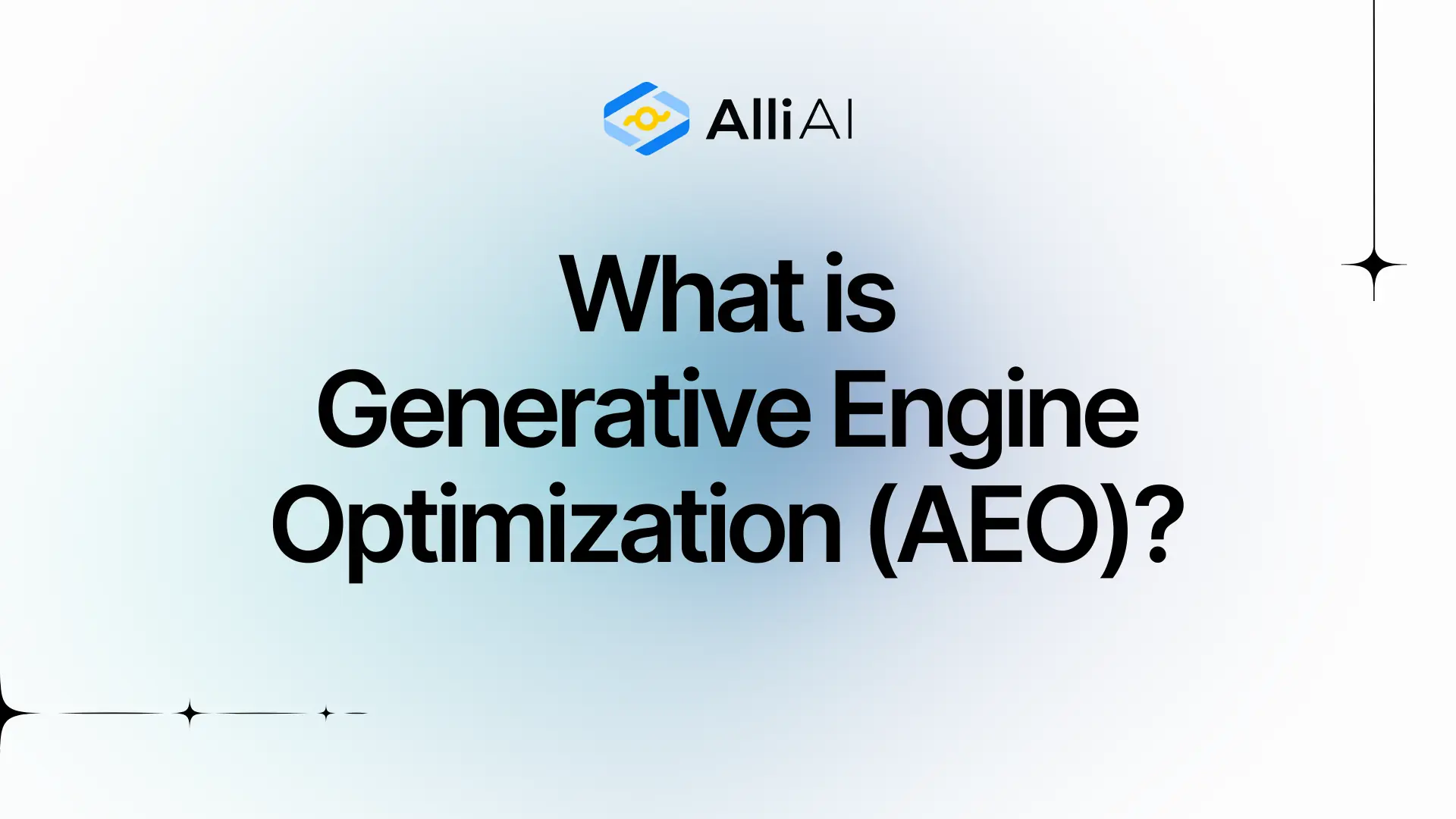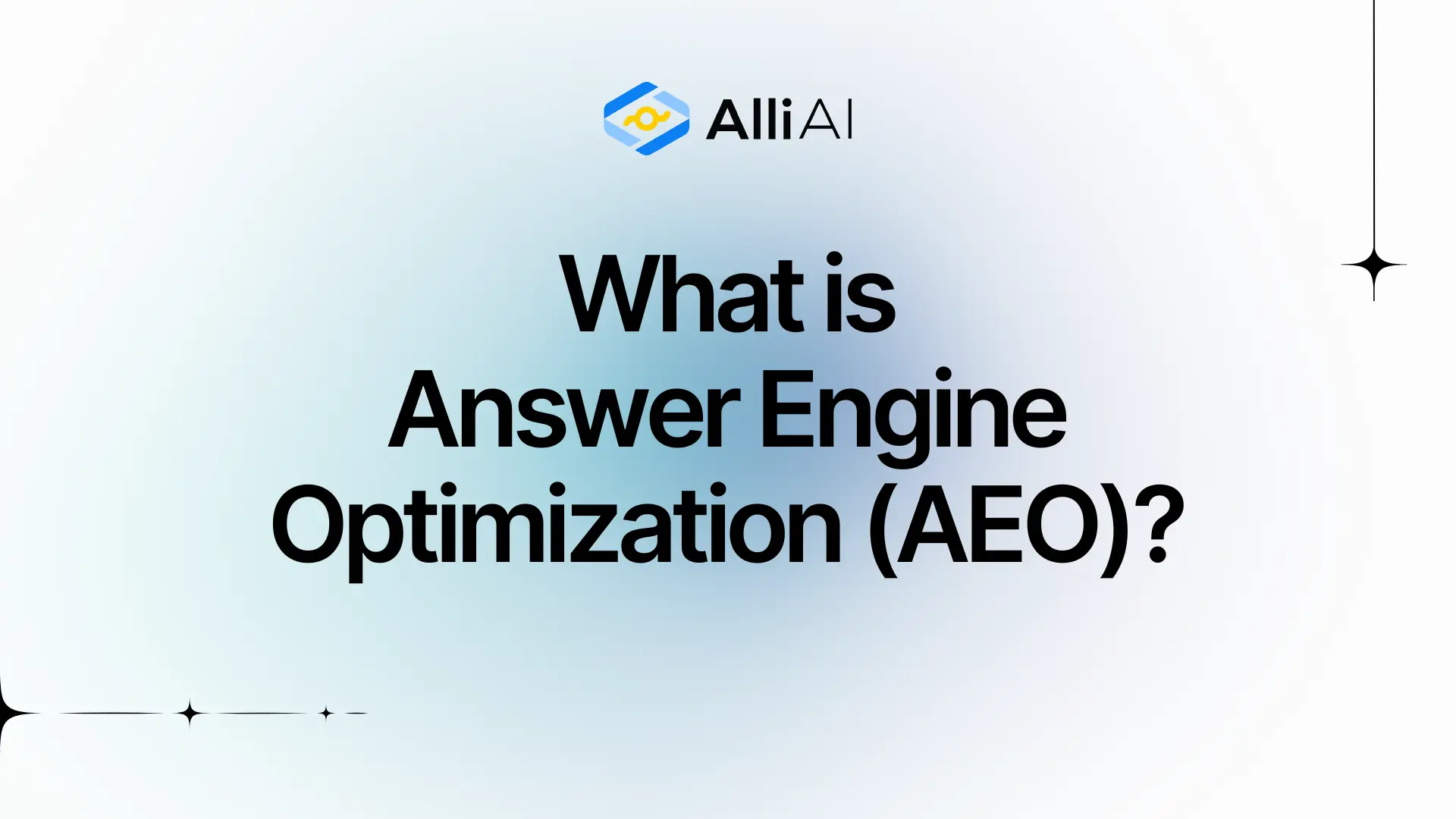OTTO SEO by Search Atlas represents an ambitious attempt to automate SEO through artificial intelligence. As one of the newer entrants in the SEO automation space, it’s generated considerable interest with promises of reducing manual SEO work by up to 98%. We’ve conducted a comprehensive analysis of the platform, examining user experiences, technical capabilities, and real-world performance to help you make an informed decision.
What is OTTO SEO?
OTTO SEO is an AI-powered SEO automation feature integrated within the Search Atlas platform. Launched as part of Search Atlas’s suite of over 40 SEO tools, OTTO aims to simplify technical SEO, content optimization, and on-page improvements through automated recommendations and implementations.
The platform distinguishes itself by using a JavaScript-based approach to deploy optimizations, allowing it to work across various content management systems without requiring backend access. This positions OTTO as an accessible solution for businesses without technical resources.
Target Market
Search Atlas has positioned OTTO SEO for several key segments:
- Digital marketing agencies managing multiple client websites
- SMBs seeking enterprise-level SEO capabilities
- E-commerce platforms with extensive product catalogs
- Content publishers managing high-volume websites
How OTTO SEO Functions
Technical Implementation
OTTO SEO operates through a lightweight JavaScript snippet (the “OTTO Pixel”) installed on your website. This approach offers interesting trade-offs:
The Process:
- Install the OTTO pixel in your website’s header
- The system crawls and analyzes your site structure
- AI generates optimization recommendations
- Users review and approve suggestions in the dashboard
- Approved changes render through JavaScript at runtime
Key Technical Consideration
The JavaScript-based implementation means optimizations are rendered client-side rather than being hard-coded into your website. This approach has both advantages and considerations worth understanding. While it enables quick deployment without touching source code, it also means optimizations depend on JavaScript execution for visibility.
Feature Analysis
1. AI-Powered Recommendations
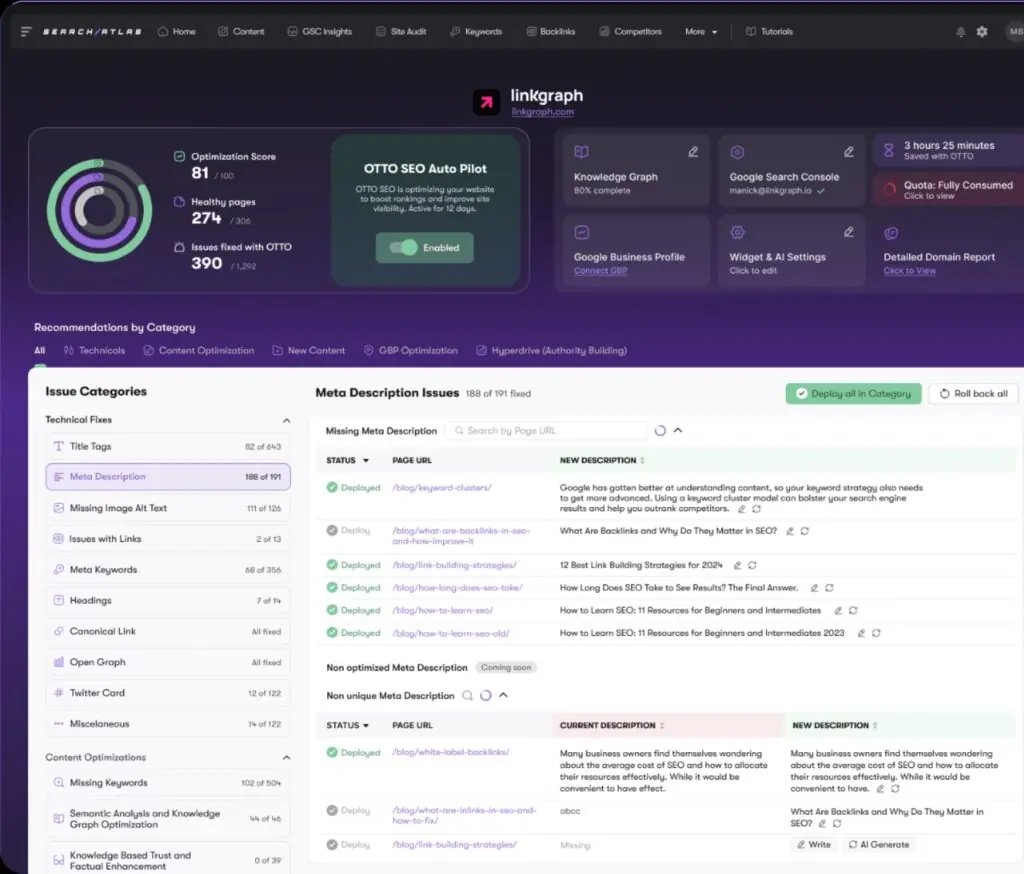
OTTO’s AI engine analyzes websites to identify optimization opportunities across technical SEO, content, and structure. The system generates comprehensive recommendations that users can review before implementation.
Strengths: The AI can quickly identify numerous optimization opportunities that might be missed in manual audits. It’s particularly effective at spotting technical issues and missing meta elements.
Considerations: Users report that recommendations can sometimes be generic, requiring careful review to ensure relevance to specific industries or niches. The quality of AI suggestions appears to vary based on website complexity and industry.
2. Technical SEO Automation
The platform promises to automate technical fixes including schema markup, meta tags, and site structure improvements.
Performance: OTTO can successfully identify and suggest fixes for common technical issues. The schema markup generator is particularly useful for users unfamiliar with structured data implementation.
User Feedback: Some users have noted that the automated schema can occasionally conflict with existing markup, suggesting manual review is essential before deployment.
3. Content Optimization Tools
OTTO includes AI-driven content analysis and optimization suggestions, including title tag and meta description generation.
Effectiveness: The tool excels at identifying missing or duplicate content elements. The AI can generate reasonable starting points for meta content, though customization is typically needed for brand voice.
Real-World Usage: Professional SEOs tend to use these as inspiration rather than final copy, as the AI-generated content can lack the nuance needed for competitive niches.
4. Bulk Management Capabilities
One of OTTO’s marketed strengths is managing multiple sites from a centralized dashboard.
Practical Application: The dashboard does provide a unified view of multiple properties, which can be valuable for agencies. However, users should note that each additional site requires a separate monthly fee, which can impact the economics for larger portfolios.
Pricing Structure and Considerations
Published Pricing Tiers
OTTO SEO is offered through Search Atlas with the following structure:
Starter Plan ($99/month):
- 1 website
- 500 AI credits
- 100 Hyperdrive credits
- Up to 250 pages
Professional Plan ($299/month):
- 3 websites
- 1,500 AI credits
- Increased page limits
Agency Plan ($649/month):
- 10 websites
- 5,000 AI credits
- Extended features
Understanding the Credit System
The platform operates on a credit-based model that’s worth understanding fully:
- AI Credits: Used for content generation and optimization tasks
- Hyperdrive Credits: Required for backlinks, citations, and advanced features
- Additional credits can be purchased at $0.99 each
Users have noted that credit consumption can be higher than initially anticipated. For instance, optimizing a single product page with images might consume 10+ credits, meaning the 500 credits in the starter plan could cover approximately 50 product optimizations monthly.
User Experience and Reviews
Platform Ratings Overview
OTTO SEO has received varied ratings across different platforms:
- G2: 4.7/5 (based on limited reviews)
- Capterra: 4.9/5 (relatively few verified reviews)
- Trustpilot: 3.6/5 (96+ reviews, more diverse feedback)
- Product Hunt: 4.2/5
The variance in ratings suggests different user experiences, likely influenced by use case, technical expertise, and expectations.
Common User Observations
Positive Experiences:
- Users appreciate the breadth of optimization suggestions
- The visual dashboard receives praise for clarity
- Cross-platform compatibility is valued by agencies
- Non-technical users find the interface approachable
Areas of Concern: Several users have reported challenges worth considering:
- Performance Impact: Some users mention increased page load times, particularly on sites with existing optimization plugins. This appears related to the JavaScript implementation method.
- Credit Consumption: Multiple reviews mention surprise at how quickly credits are consumed, suggesting the need for careful monitoring.
- Support Response Times: While Search Atlas offers support, some users report longer than expected response times, particularly for technical issues. The absence of phone support is noted by several enterprise users.
- Automation Expectations: Despite marketing emphasizing automation, users consistently note that significant manual review and approval is required, which may not align with expectations of “hands-off” SEO.
Notable User Feedback
One agency owner shared: “OTTO identifies lots of opportunities, but I spend considerable time reviewing each suggestion. It’s more of an AI assistant than an autonomous system.”
Another user noted: “The platform has potential, but the credit system makes budgeting challenging for client work.”
Technical Considerations
The JavaScript Implementation Approach
OTTO’s reliance on JavaScript for optimization delivery is an architectural decision with important implications:
Advantages:
- Platform-agnostic implementation
- No need for server access
- Quick deployment of changes
Trade-offs:
- Optimizations depend on JavaScript execution
- Potential conflicts with caching systems
- Some crawlers may not execute JavaScript
Users running performance-focused sites should carefully test the impact, as the additional JavaScript can affect Core Web Vitals metrics.
Integration Challenges
Several users report integration complexities with:
- Advanced caching plugins (WP Rocket, Cloudflare)
- Content Security Policies (CSP)
- Existing SEO plugins
These aren’t necessarily deal-breakers but do require technical consideration during implementation.
The AI Search Visibility Gap
A critical limitation that’s emerged with OTTO’s JavaScript-based approach relates to the new frontier of AI search engines. ChatGPT, Claude, Perplexity, and other AI platforms now drive billions of search queries monthly, yet they cannot see JavaScript-rendered content.
The Problem: OTTO’s JavaScript pixel renders all optimizations client-side, making them completely invisible to AI crawlers like GPTBot, ClaudeBot, and PerplexityBot. While OTTO focuses on traditional Google optimization, it inadvertently makes your content harder to discover in AI search results.
Why This Matters: As users increasingly turn to AI assistants for information, websites optimized only for traditional search engines risk losing significant traffic. Sites using JavaScript-heavy optimization may appear as blank or minimal content to AI crawlers, missing opportunities for AI-driven citations and traffic.
Alternative Approaches: Some modern SEO platforms now include dedicated AI Search Visibility features that serve pre-rendered, static HTML specifically to AI crawlers, ensuring your content is fully indexed and citable by AI systems. This represents a fundamental evolution in SEO that JavaScript-overlay systems like OTTO aren’t architecturally equipped to handle.
Who Might Benefit from OTTO SEO?
Good Fit For:
Small Business Owners with basic SEO needs who want to identify optimization opportunities without deep technical knowledge.
Content Publishers looking for assistance identifying technical SEO issues across large sites.
SEO Beginners who want AI-guided recommendations to learn from while implementing improvements.
May Not Be Ideal For:
Performance-Focused Sites where every millisecond of load time matters, as the JavaScript approach may impact speed.
Budget-Conscious Agencies managing many client sites, as per-site pricing can become expensive quickly.
Advanced SEO Professionals who may find the AI recommendations too basic and the manual review process time-consuming.
Sites Requiring Permanent Fixes as optimizations are JavaScript-dependent and require ongoing subscription.
Alternative Approaches to Consider
When evaluating OTTO SEO, it’s worth considering different approaches to SEO automation:
Traditional SEO Tools
Platforms like Ahrefs or SEMrush provide analysis and recommendations without implementation. While requiring manual execution, they offer more control and typically don’t affect site performance.
Implementation Focused Solutions
Some newer platforms focus on actual code level implementation rather than JavaScript overlays. These tools make permanent changes to your site that persist regardless of subscription status. This approach may be preferable for those seeking lasting optimizations.
Hybrid Approaches
Combining analysis tools with selective automation can provide balance between control and efficiency. This might involve using traditional SEO tools for strategy while employing automation for specific repetitive tasks.
Modern AI Ready Solutions
Forward thinking platforms now address both traditional SEO and AI search visibility. For instance, some tools include AI Search Visibility Engines that automatically detect and optimize for 50+ AI crawlers, ensuring your content appears in ChatGPT, Claude, and Perplexity responses. This dual optimization approach prepares sites for both current and future search paradigms – something JavaScript-based tools inherently cannot achieve.
Key Considerations Before Committing
1. Total Cost of Ownership
Factor in not just the base subscription but also:
- Credit purchases for regular operations
- Per-site fees for agencies
- Potential need for supplementary tools
2. Technical Infrastructure
Evaluate whether your site architecture can accommodate JavaScript-based optimizations without performance impacts.
3. Long-term Strategy
Consider whether you’re comfortable with optimizations that require ongoing subscription to maintain visibility.
4. Support Requirements
Assess whether chat-only support meets your needs, particularly for mission-critical implementations.
Final Assessment
Overall Rating: 3.5/5 Stars
OTTO SEO represents an innovative approach to SEO automation with genuine value for specific use cases. The platform successfully identifies optimization opportunities and can help businesses without SEO expertise improve their search presence.
However, several factors warrant careful consideration:
The JavaScript-based implementation, while enabling broad compatibility, introduces dependencies that may not suit all situations. The credit system, though flexible, can make budgeting unpredictable. And while the AI provides valuable suggestions, the level of manual oversight required may not match expectations set by marketing materials.
Recommendations
Consider OTTO SEO if:
- You need help identifying SEO opportunities
- You have budget flexibility for credits
- You prefer guided recommendations over full automation
- Site performance is critical
- Budget predictability is essential
- You require immediate technical support
The SEO automation landscape continues to evolve rapidly. While OTTO SEO offers interesting capabilities, businesses should carefully evaluate whether its approach aligns with their specific needs, technical requirements, and long-term SEO strategy.
Frequently Asked Questions
Q: Do OTTO’s optimizations persist after cancellation? A: The optimizations are rendered through JavaScript, so they require an active subscription to remain visible. Search Atlas offers a “Deep Freeze” option for maintaining changes, though this involves additional considerations.
Q: How automated is OTTO really? A: While OTTO automates the identification and generation of optimizations, users report that reviewing and approving changes requires significant manual involvement.
Q: Can OTTO handle enterprise-scale sites? A: OTTO can process large sites, though credit consumption and per-site pricing should be carefully evaluated for enterprise deployments.
Q: Is there a free trial available? A: Search Atlas offers a 7-day trial period, though users should note the refund policy has specific usage limitations.
Q: How does OTTO compare to traditional SEO tools? A: OTTO attempts to bridge the gap between analysis and implementation, whereas traditional tools focus primarily on analysis. The trade-off is between convenience and control.
This review is based on analysis of user feedback, technical documentation, and platform capabilities as of September 2025. As with any SEO tool, we recommend thorough testing within your specific context before making a long-term commitment.
